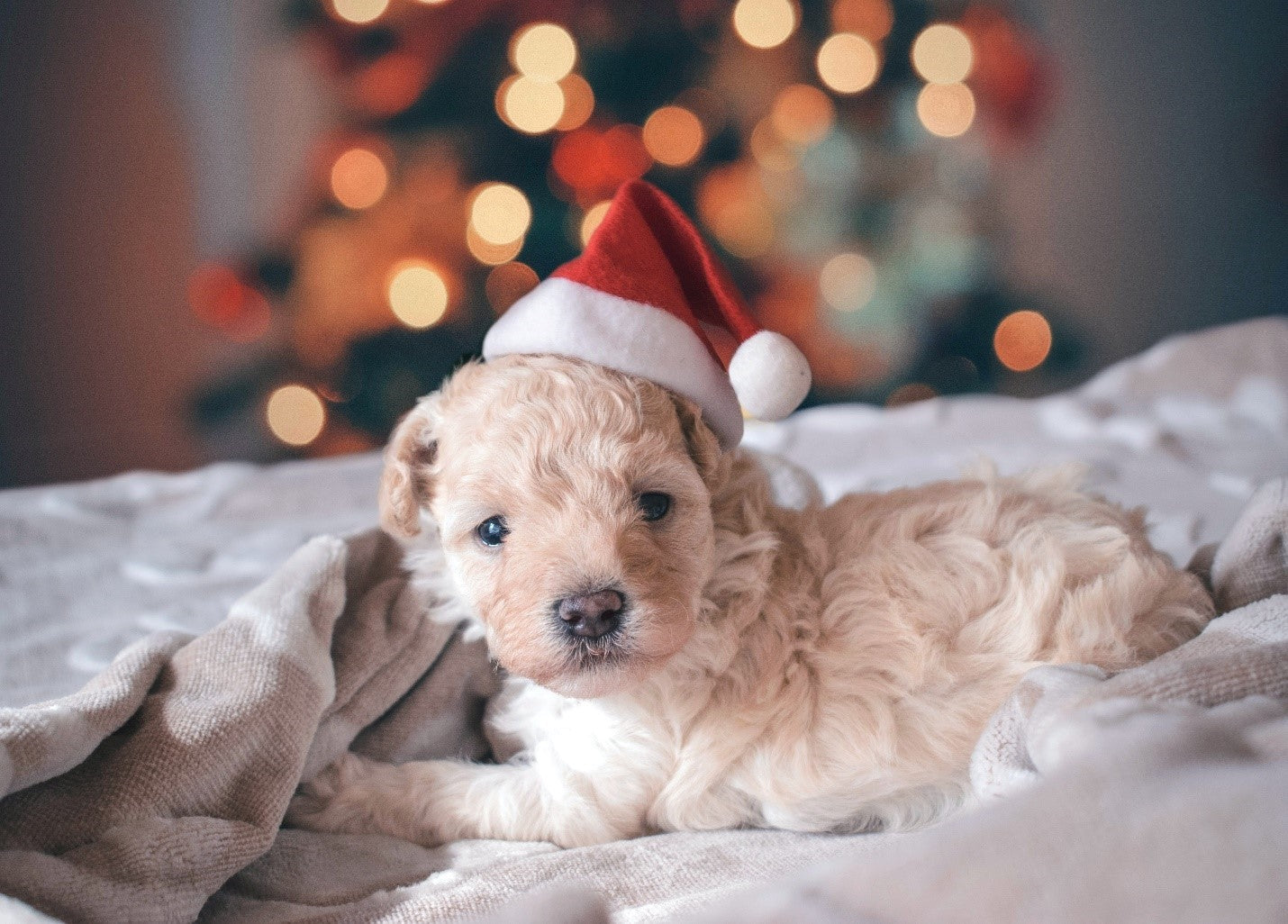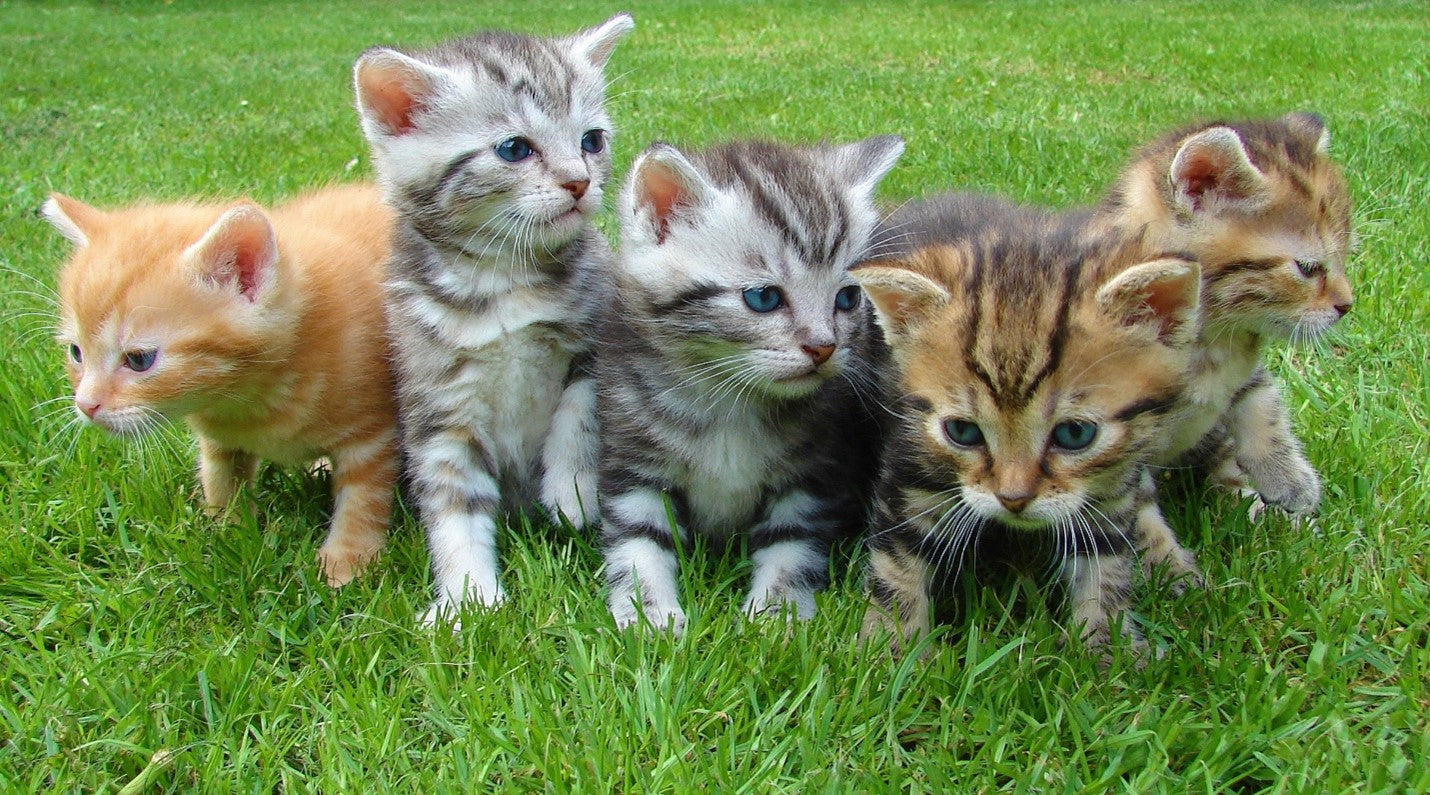Dogs are naturally curious creatures, and most dog owners know that barking is part of their canine companion's nature. It’s natural for them to bark when they encounter something new—like a person! While this behavior is normal, let’s face it, sometimes the barking can get out of control - whether it’s during a thunderstorm, on walks, or when people come to visit. So, how do you teach your pup not to bark? Let’s go over some of the best and most effective ways to help curb your pup's barking habit!
Start with the Basics
First, make sure that your pup has basic obedience skills like the commands 'sit', 'stay,’ and 'come'. This will help you have control over their behavior when you're out and about. Once your dog can reliably obey these commands, you can start teaching them not to bark at passersby.
The Right Mindset
It is important for you as an owner to have the right mindset when training your pup to keep them from barking at strangers. This means no scolding or negative reinforcement if they do bark—instead, focus on rewarding positive behavior with treats or praise. It is also key that you remain calm and composed during these moments; if you are tense and anxious, this will carry over onto your pup and make them more likely to bark. So, stay cool and collected no matter how loud the bark gets!
Reward Good Behavior
The most effective way of training your dog to do anything is by rewarding good behavior. This includes excessive barking, curious barking, and fearful barking. This means rewarding your pup with treats or praise whenever they do something good or don’t bark when they are apt to. When someone passes by while you're out walking, or when the mail carrier arrives or if the trash trucks stop in front of the house, reward your dog if they stay silent. Give them treats and/or verbal praise—whatever works best for them. If you tell your pup “No bark!” and they remain quiet, immediately reward them with a tasty Health Extension® Dog Treat. When on a walk and a stranger is approaching ahead, take the opportunity to reward your pooch with a treat for staying quiet and calm before the stranger passes by. This will help them understand that being quiet in the presence of strangers is a good thing, and it's important that they are rewarded immediately. Any other behavior should be ignored; this will help them understand that barking isn't necessary or tolerated in these situations. After several repetitions of this exercise, they will learn that being quiet is the desired behavior—and they will be rewarded for it! This will help them understand that there are certain behaviors that will earn them rewards, which should encourage them not to bark in those situations.
Distraction Techniques:
Distraction techniques involve giving your pet something else—like their favorite toy or a treat—to focus their attention away from the strangers, mailman, trashman or any other opportunity to get worked up and barking, onto something else that's more interesting and enjoyable for them like their favorite Health Extension® Treat or Health Extension® Snugarooz toy by engaging in an activity with them like playing fetch with Knot Your Ball or tug-of-war with Tug Buddy. This works well for at home scenarios where the environment is controlled, and you can easily manage the distraction efforts. This will help keep their minds occupied so they do not feel the need to bark at the desired target anymore!
Make Sure You’re Not Encouraging Barking:
It may sound strange, but sometimes we unknowingly encourage our dog’s barking. If your dog barks and you give him attention - whether it's negative or positive - you are actually rewarding the behavior and making it more likely that he will continue to bark in the future. So, if you don't want him to bark, try ignoring him when he does so (or better yet, distract him with a toy!).
Exercise is Key:
Dogs need attention and exercise just like us humans do! Try taking your pup for a long walk each day or playing fetch in the backyard with Health Extension® Fling ‘N Fun for at least 30 minutes at a time; this will help tire him out and curb any boredom helping him to stay calm for longer periods of time during the day. Plus, it'll give you some quality bonding time together!
Manage your Energy:
When teaching your pup not to bark, it is important that you keep in mind when it is appropriate for your dog to bark or not. Dogs are incredibly perceptive animals and can notice subtle cues from their owners. If you become too vocal, nervous, or agitated in your attempts to quiet them down, they might misinterpret that as an invitation to bark even more! Instead, try remaining calm and using simple commands such as “Quiet” or “Calm down” in a calm but firm voice. This will help set boundaries without coming off as overly excited, anxious, or frustrated.
Hire A Professional Trainer
If you're having trouble training your pooch yourself, don't worry! Hiring a professional trainer can make all the difference when it comes to teaching your pup how to behave properly around people and in home triggers such as the trash truck or delivery person. A professional trainer will have a better understanding of canine behavior and human behavior and can best identify your pups’ personal needs without any confusion or frustration from either side!
No matter what type of dog breed you have, training your dog not to bark may seem like an impossible task but with patience and consistency, it does not have to be! Always remember—reward good behavior with yummy Health Extension® Treats immediately, use distraction techniques with Health Extension® Snugarooz interactive toys and never scold or punish bad behavior and you can also hire a professional trainer if needed - whatever works best for you both. Soon enough you'll have mastered proper canine etiquette during outdoor adventures with strangers and how to avoid those in home triggers! With the right approach and dedication, it won't be long before you've got one well-behaved pup who greets visitors and passersby with nothing more than a polite wag of his tail!


